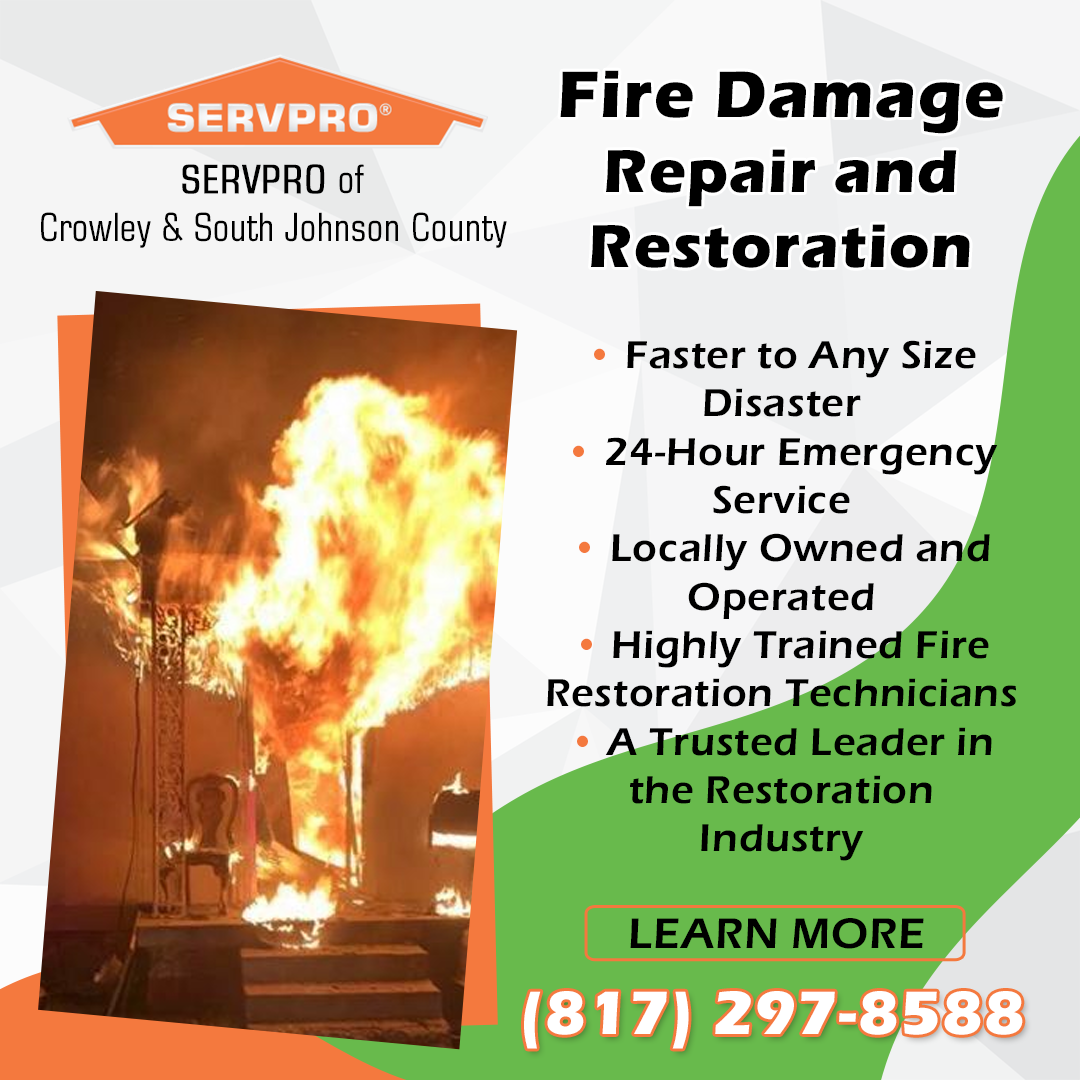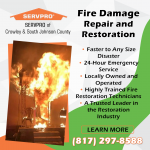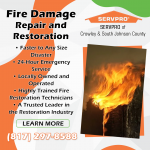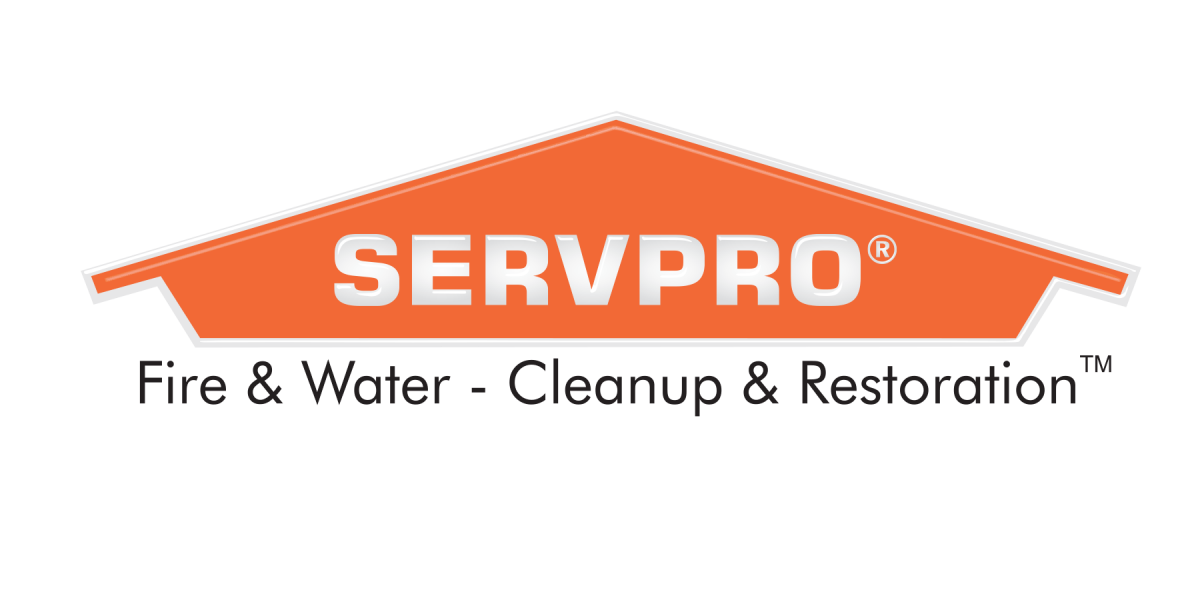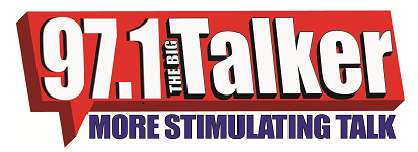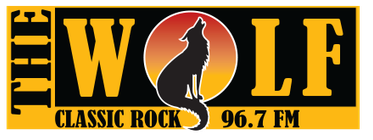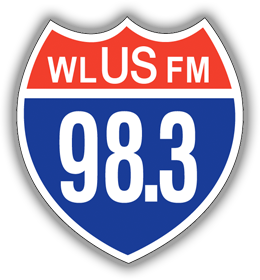When fire damage ravages a home, the structure is uninhabitable and its contents are unusable until the cleanup and restoration process has progressed to the point that residing in the house is no longer dangerous. Permission to return may require approval from the fire department, health department, and building and codes department. A fire damage disaster is accompanied by stress, uncertainty, and the disruption of normal life. It is helpful for homeowners to know about what factors can cause fire damage. Some causes are obvious, such as cooking or using a firepit, but other potential causes may not be considered by the homeowner until it is too late.

Statistics indicate that most residential fire damage incidents start from within the home. The National Fire Protection Association reports the following top causes of home fires:
- Cooking
- Heaters and heating
- Electrical
- Smoking
- Candles
A house fire that starts within the home can have a cascade of destructive effects. Flames generated from the stove or from an appliance spread to the ceiling, and the heat of the fire ruins paint, wallpaper, and sheetrock. Flooring and rugs may catch on fire. Smoke and soot coat everything and penetrate upholstery, carpeting, furniture, clothing, and other fabrics. The process of extinguishing the fire leads to devastating water damage.
External Causes of House Fires
Although it is more common for a house fire to start within a home, fires can start from both inside and outside the home. Some common external causes of house fires include:
- Grills, fire pits, and campfires
- Outdoor fireplaces
- Electrical fires at the outside connections and receptacles
- Lightning strikes
- Wildfires
A fire hazard often overlooked by the homeowner is the traditional halogen landscape lighting system. A halogen light bulb generates light by heating a filament until it is white-hot. Temperatures may range as high as 1000 degrees Fahrenheit, which is more than hot enough to ignite dead plants, dry leaves and grass, pine needles, and mulch. In fact, over 90% of the energy used by a halogen bulb is wasted in heat loss.
How Can Landscape Lighting Cause a Mulch Fire?
Organic mulch may consist of shredded wood or bark nuggets, and pine needles are often used as an alternative to traditional mulch. All three coverings are highly combustible, especially during the long, dry Texas summers.
A landscape well light with a missing lens cover is a serious fire hazard. The fixture can collect mulch over time. Sometimes when mulched beds are being refreshed, well lights can be accidentally covered over with mulch. When the traditional halogen fixture comes online at dusk, the likelihood of a fire is great. Dry mulch will ignite at temperatures at or above 600 degrees Fahrenheit, well below the burn temperature of a halogen bulb.
Mulch Fire Prevention Tips
- Regularly check halogen landscape lighting fixtures for a build-up of organic matter. Clear away the accumulated leaves, twigs, pine needles, or mulch.
- Check to see that, where needed, lens covers are in place. Immediately replace missing or broken lens covers. Make sure the fixture is cool.
- During extended dry periods, periodically water down mulch beds to reduce the risk of fire. Keep mulch from piling up around halogen landscape lighting fixtures.
- Convert to LED low-voltage landscape lighting. LED technology uses 80 percent less energy, and the bulbs last up to ten times longer than traditional halogen bulbs. While LED lighting does generate some heat, the temperatures are well below the ignition point needed for mulch, leaves, and other organic matter to catch fire.
If a fire should start in a mulch bed or flower bed and spread to the home, trust the cleanup and restoration to SERVPRO of Crowley and South Johnson County. The team responds within one hour or less. A trained technician will inspect the structure, assess the damage, and present the customer with an estimate that includes documentation and photos. If the fire, smoke, and water damage is extensive, the SERVPRO of Crowley and South Johnson County staff can coordinate all aspects and phases of the fire damage restoration and reconstruction project. The team will also manage the insurance claims process from start to finish. In fact, SERVPRO is often a top pick for insurance agents and property managers when property damage restoration services are needed by homeowners, businesses, institutions, and manufacturing units.
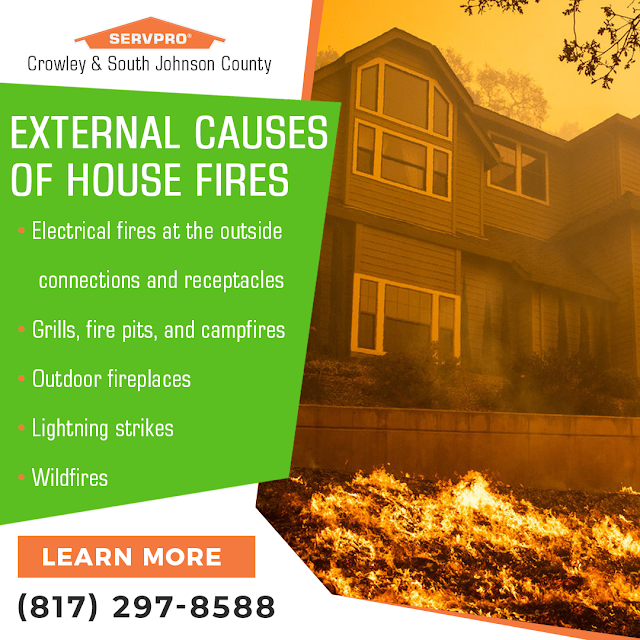
For more information about Hillsboro, TX, fire damage restoration services, contact the SERVPRO of Crowley and South Johnson County office by email at office@servprocrowley.com. The staff can also be reached by phone at (817) 297-8588.
